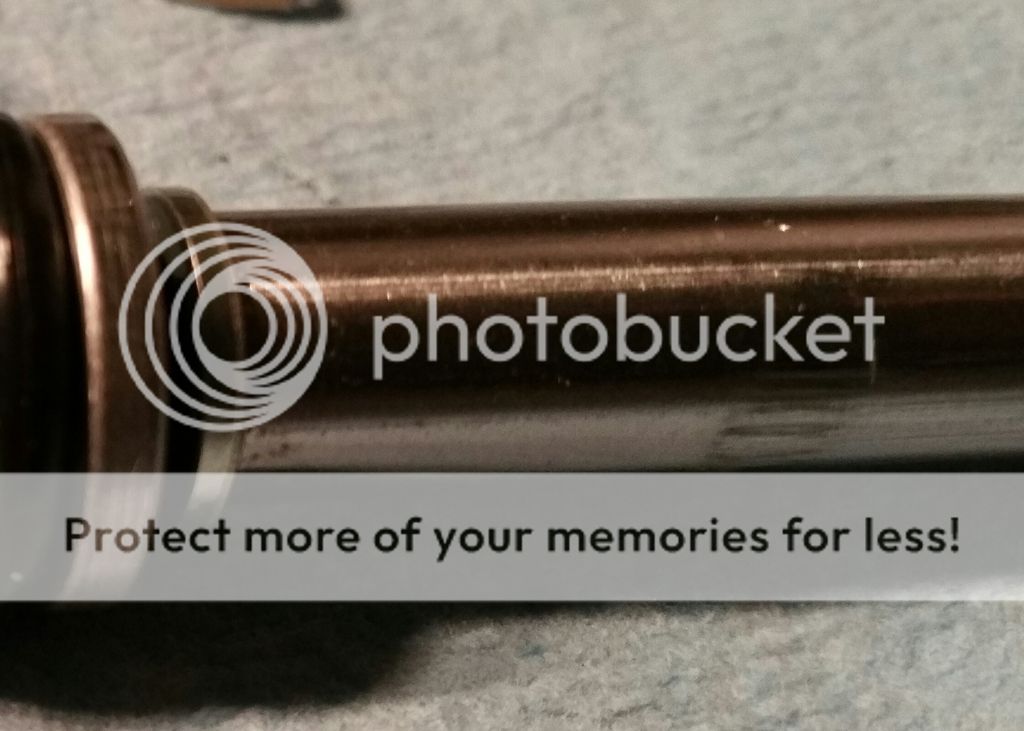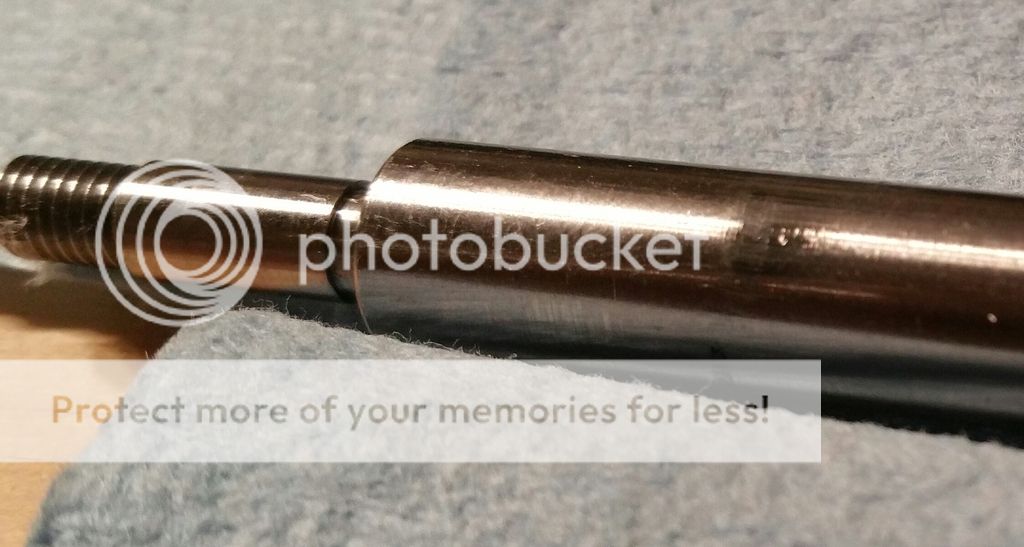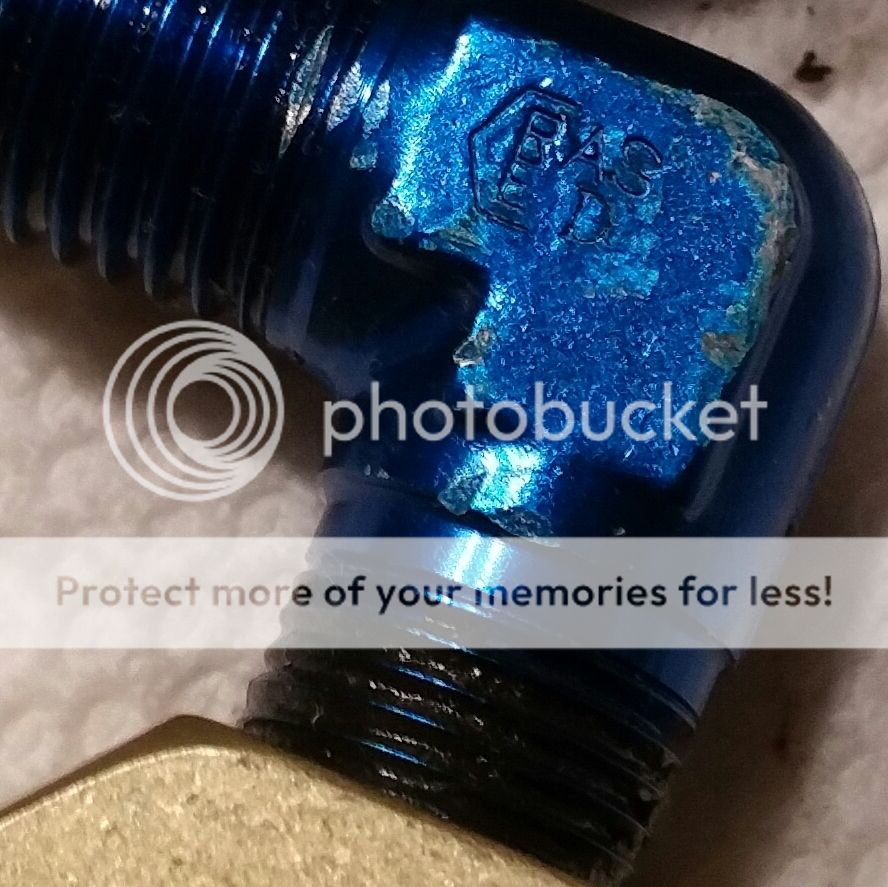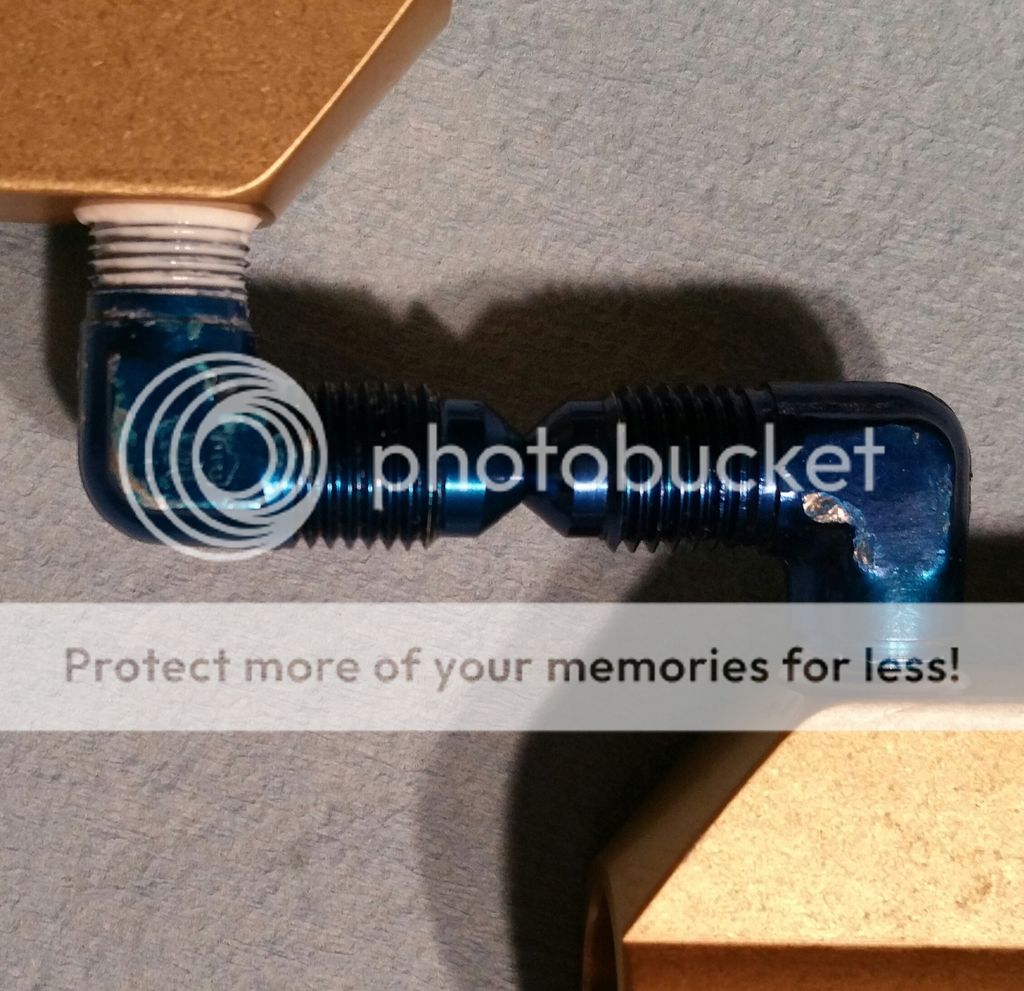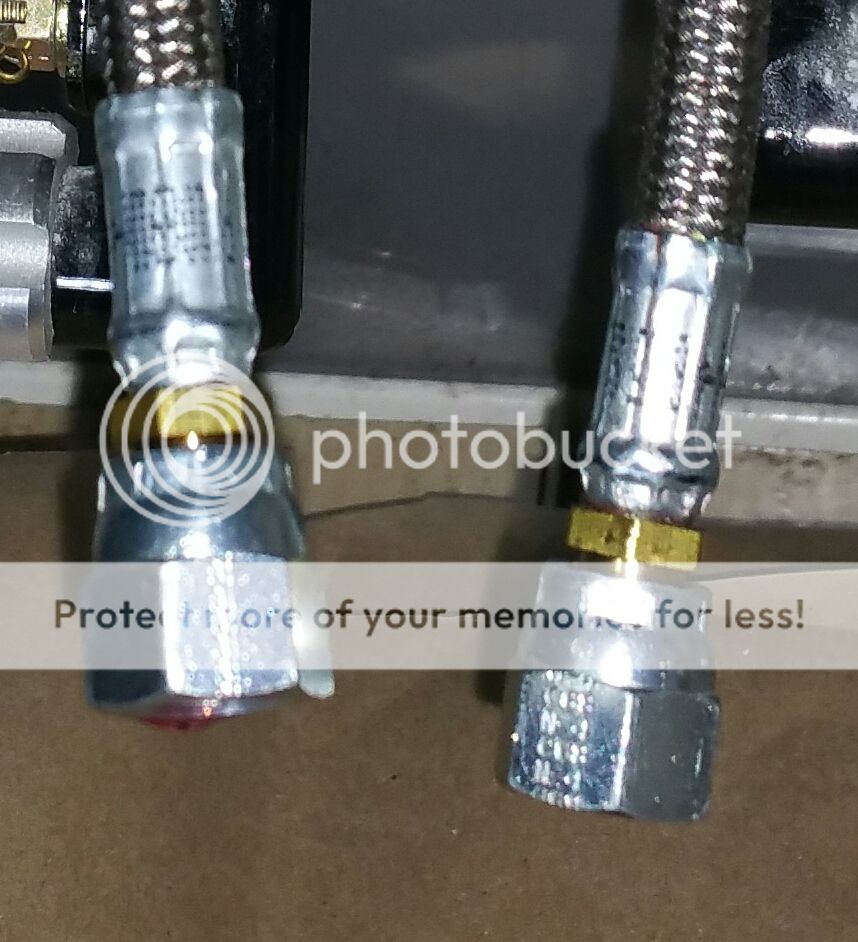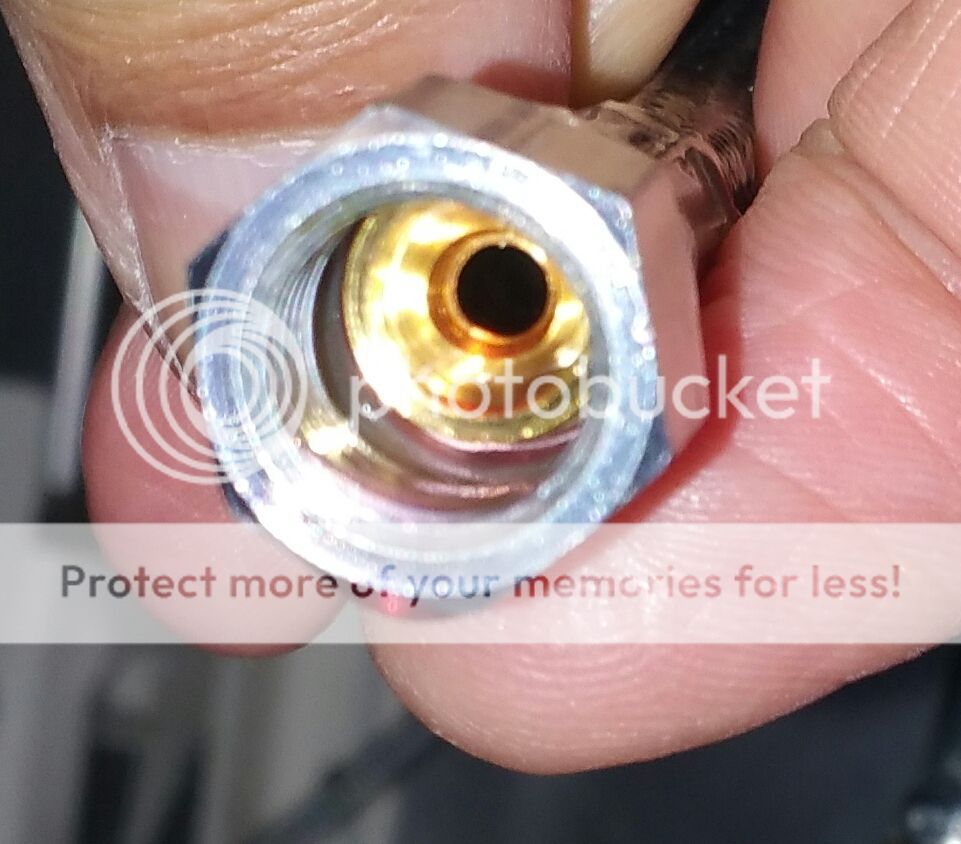AndyRV7
Well Known Member
I am making a second attempt to rebuild the Matco master cylinders on my RV-7. They were slowly dripping from one cylinder when I bought the plane but all four cylinders were weaping. I had an A&P help me rebuild the cylinders once and a couple hours later they were the same. This time it was a different cylinder that was dripping but all were weaping again. Everyone found this odd.
I've talked extensively with the Matco people and am in the process of rebuilding them again. I was hoping to be a little smarter this time but I was not able to pinpoint the leak. I wiped the dripping cylinder clean with mineral spirits and taped clean paper towel around the 5 spots I thought might be the source...the top where the shaft is, and the two ends of the two fittings (hose side and cylinder side). I then pumped the brakes very hard several times from both seats but at best, tgere was a hint of fluid on one or two of the fitting locations, both the hose side and the cylinder side. Not enough to draw a conclusion though. I also wiped the hoses a few times during the process to make sure no fluid was running down from a higher location. They seemed dry throughout. At this point I pulled all four cylinders and began to break them down and clean them.
I have steel break lines, aluminum fittings, and the thread sealant on the cylinder side of the fitting is one of the black or dark gray sticky sealants that comes in a tube. Possibly Permatex 2 Form-A-Gasket. This time I will be using Loctite 567 as the Matco guy suggested. I also used Phillips 66 X/C Aviation Hydraulic Fluid. It seems to be made to at least the same standard as the fluid Vans sells.
Here are my questions:
1. Does anyone know why I have a leak!?
2. The dripping fluid appeared to be "dirty" this time instead of clean red. I presumed it was just picking up some grit from the floor. But when I removed the cylinders and shook them out on my workbench, at least two of them dripped some blackish fluid out. You can see it in the picture below. I also attached a picture of some fluid that ran out of the lines when I pulled them off of the cylinders in the plane. It looks mostly clean except for the small piece of metal that may have come out of one of the lines. Does anyone have any ideas about this?
3. I was able to do a decent job cleaning the threads on the fittings with a combination of alcohol bath, a metal pick, and a wire brush. The cylinder female threads are going to be a lot more work. Are there any tricks for these threads!? I imagine I am headed out to a gunshot to buy a small copper bore cleaning brush. Is copper even safe to clean the cylinder threads with?
Thanks a TON for any help!
Andy,
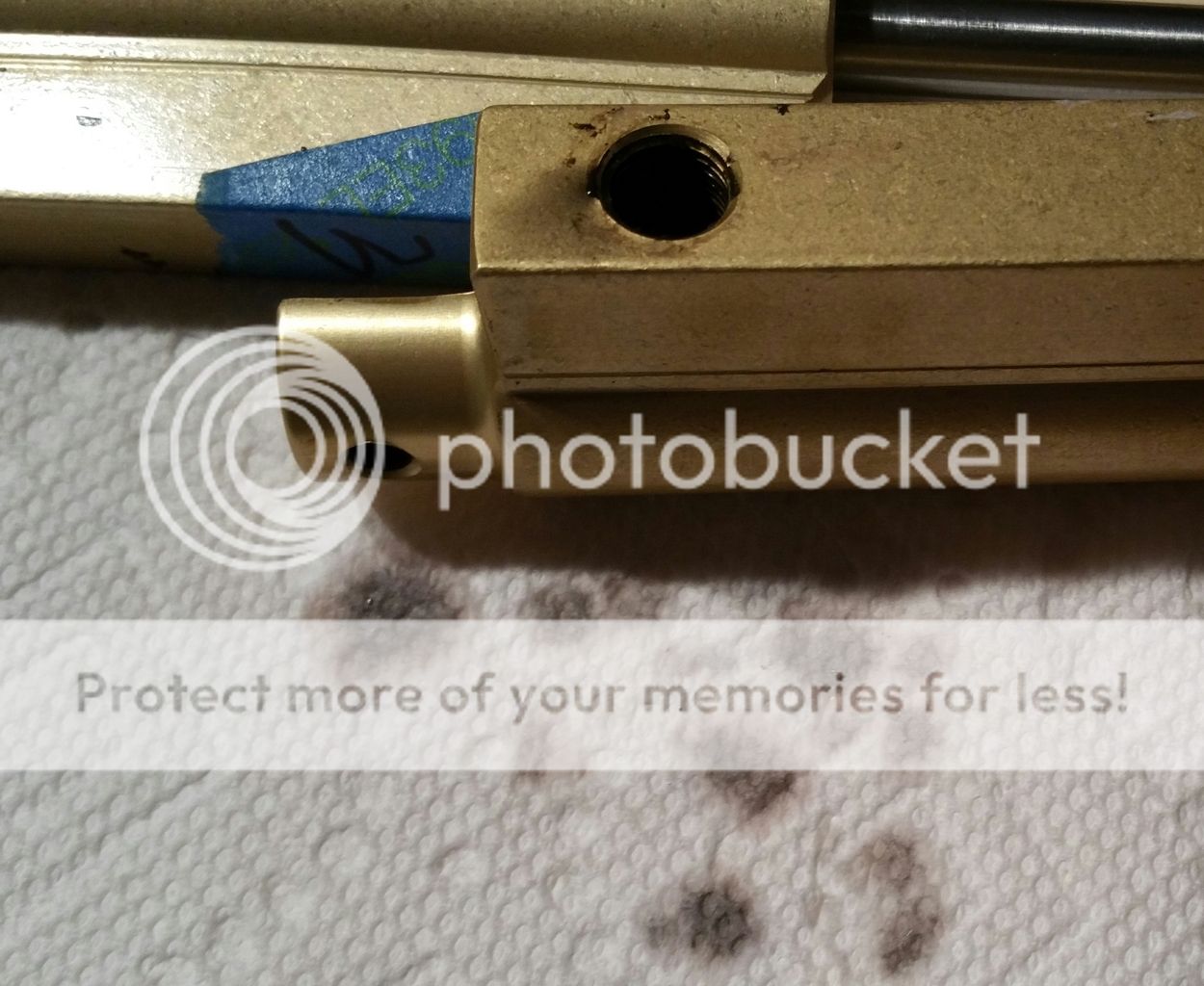
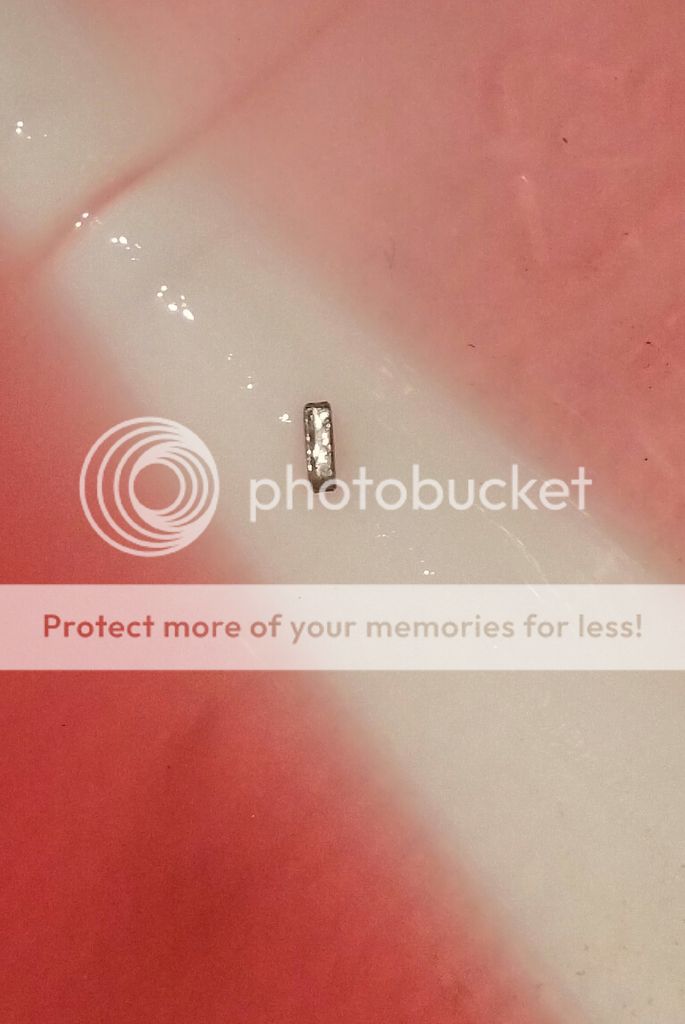
I've talked extensively with the Matco people and am in the process of rebuilding them again. I was hoping to be a little smarter this time but I was not able to pinpoint the leak. I wiped the dripping cylinder clean with mineral spirits and taped clean paper towel around the 5 spots I thought might be the source...the top where the shaft is, and the two ends of the two fittings (hose side and cylinder side). I then pumped the brakes very hard several times from both seats but at best, tgere was a hint of fluid on one or two of the fitting locations, both the hose side and the cylinder side. Not enough to draw a conclusion though. I also wiped the hoses a few times during the process to make sure no fluid was running down from a higher location. They seemed dry throughout. At this point I pulled all four cylinders and began to break them down and clean them.
I have steel break lines, aluminum fittings, and the thread sealant on the cylinder side of the fitting is one of the black or dark gray sticky sealants that comes in a tube. Possibly Permatex 2 Form-A-Gasket. This time I will be using Loctite 567 as the Matco guy suggested. I also used Phillips 66 X/C Aviation Hydraulic Fluid. It seems to be made to at least the same standard as the fluid Vans sells.
Here are my questions:
1. Does anyone know why I have a leak!?
2. The dripping fluid appeared to be "dirty" this time instead of clean red. I presumed it was just picking up some grit from the floor. But when I removed the cylinders and shook them out on my workbench, at least two of them dripped some blackish fluid out. You can see it in the picture below. I also attached a picture of some fluid that ran out of the lines when I pulled them off of the cylinders in the plane. It looks mostly clean except for the small piece of metal that may have come out of one of the lines. Does anyone have any ideas about this?
3. I was able to do a decent job cleaning the threads on the fittings with a combination of alcohol bath, a metal pick, and a wire brush. The cylinder female threads are going to be a lot more work. Are there any tricks for these threads!? I imagine I am headed out to a gunshot to buy a small copper bore cleaning brush. Is copper even safe to clean the cylinder threads with?
Thanks a TON for any help!
Andy,


Last edited:



